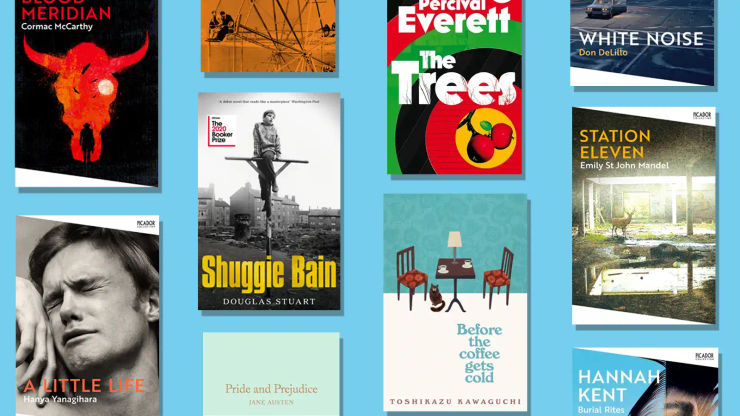Tony Grisoni on adapting China Miéville’s The City & the City
The screenwriter shares how he came to adapt China Miéville's award-winning novel, The City and the City for a four-part BBC Two drama series.

Screenwriter of The City & The City, Tony Grisoni, shares a fascinating insight into the process of adapting China Miéville’s award-winning novel for a new four-part BBC Two drama series.
The offer came from Mammoth Screen - would I be interested in adapting China Miéville’s novel The City & The City. I knew some of China’s work, had heard him speak, and I am a fan of the New Weird - that subversion of Sci-fi cliches and refusal to deliver reassuring closure.
I read the book in Cairo, which in my head doubled for Besźel. I have to love the novel I am to adapt. I loved this one, but how to dramatise the central premise - the twin cities of Besźel and Ul Qoma that unsee each other; “…double streets, doppelganger streets, mendacious and delusive streets.” (Bruno Schultz, The Cinnamon Shop and Other Stories). The magic trick of prose is one thing, but the world of the film or TV show is ultimately hostage to photographic or digital verisimilitude. What do you see? What do you hear?
To me, CGI conventions are now as quaint as Ray Harryhausen, though not as wondrous. Besides, it is the emotional response to things that interest me rather than a literal visualisation. From the outset I used point of view; the story is being told by and through the main character, Inspector Borlú. His city is crumbling Besźel - that’s the city he sees, so that is what we see. There maybe talk at Extreme Crime Squad HQ about Ul Qoma and where it cross-hatches with Beszel, but you don’t see it except in diagram form - “When in Besźel, see Besźel.”
But Borlú is nothing if not the self-destructive protagonist of Noir fiction; “Down these mean streets a man must go who is neither tarnished nor afraid… a common man and yet an unusual man… a man of honor—by instinct, by inevitability…” (Raymond Chandler) And particularly as played by David Morrissey, also a troubled man. When he is in extremis or chances a minor infringement of the Law and peeks at the other city we see what he sees. The membrane between cities dissipates - we glimpse the glass and steel of Ul Qoma in the shimmering blue images devised by director, Tom Shankland, cinematographer, Stephan Pehrsson and Simon Rogers and his design team. We choose what we see and what we unsee all of the time. It is how we survive in cities.
The screenplay and the novel are two different languages, the language of the screenplay is a part of the social act of filmmaking. China and I met on a number of occasions and I asked questions, trying to understand the novel better, testing out various ideas on him to get his input. He was never anything less than generous, curious and very supportive all the way through the process.
In the novel Borlú has two girlfriends who he doesn’t really see very much, it feels as if there is a buried emotional life in the texture of the novel. I started wondering if perhaps there had been a wife in his past. It was as if she was there by her absence. As Katrynia took on a life, Borlú’s past began impinging on his present, so another membrane, another divide, and a threat in the way the past invades the present. Katrynia is Borlú’s Virgil and his Beatrice, she embodies the seditious, the will to disobey. So here we have a cop who lives by black and white, who chooses a woman who is his exact opposite. She will lead him to the place he most fears. “I live in the interstice… I live in both the city and the city.”
Further reading: the best films based on books.
The City & The City

The City & The City follows Inspector Tyador Borlú as he investigates the murder of a foreign student whose body is found in the extraordinary, decaying city of Besźel. But as he probes, the evidence begins to point to conspiracies far stranger, and more deadly, than anything he could have imagined. Soon his work puts him and those he cares for in danger. Borlú must travel to the only metropolis on Earth as strange as his own: Ul Qoma, across a border like no other.


